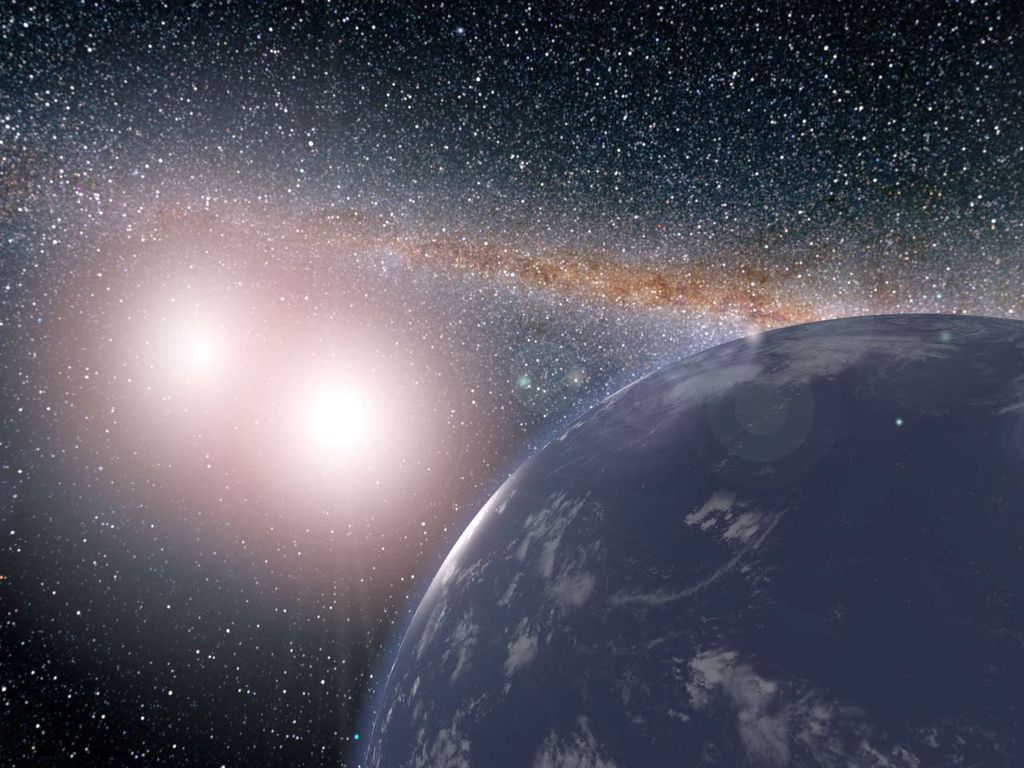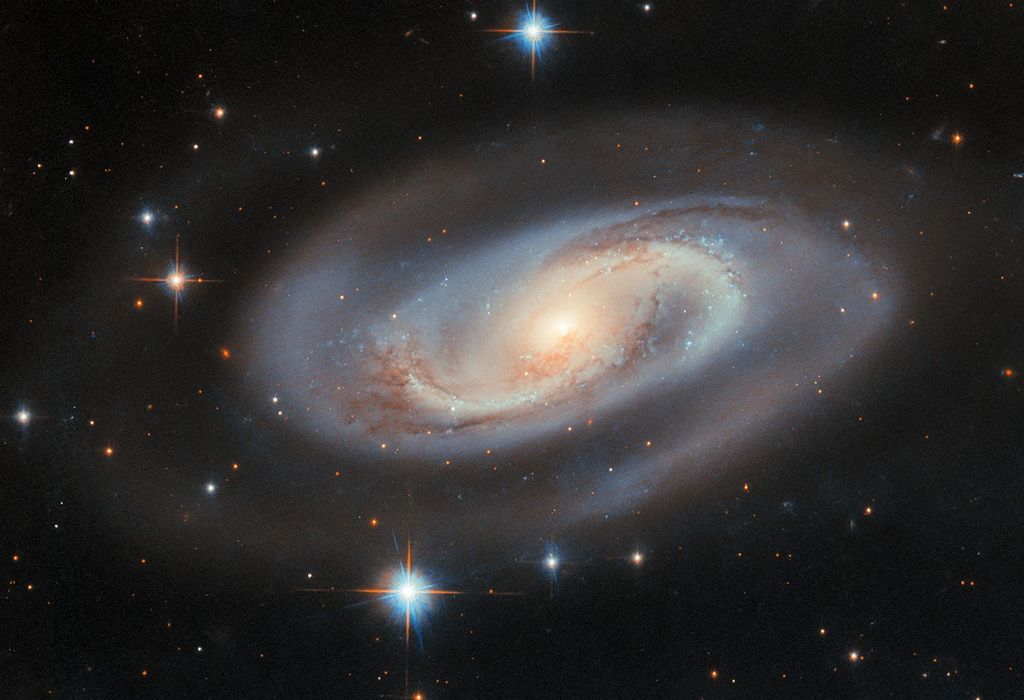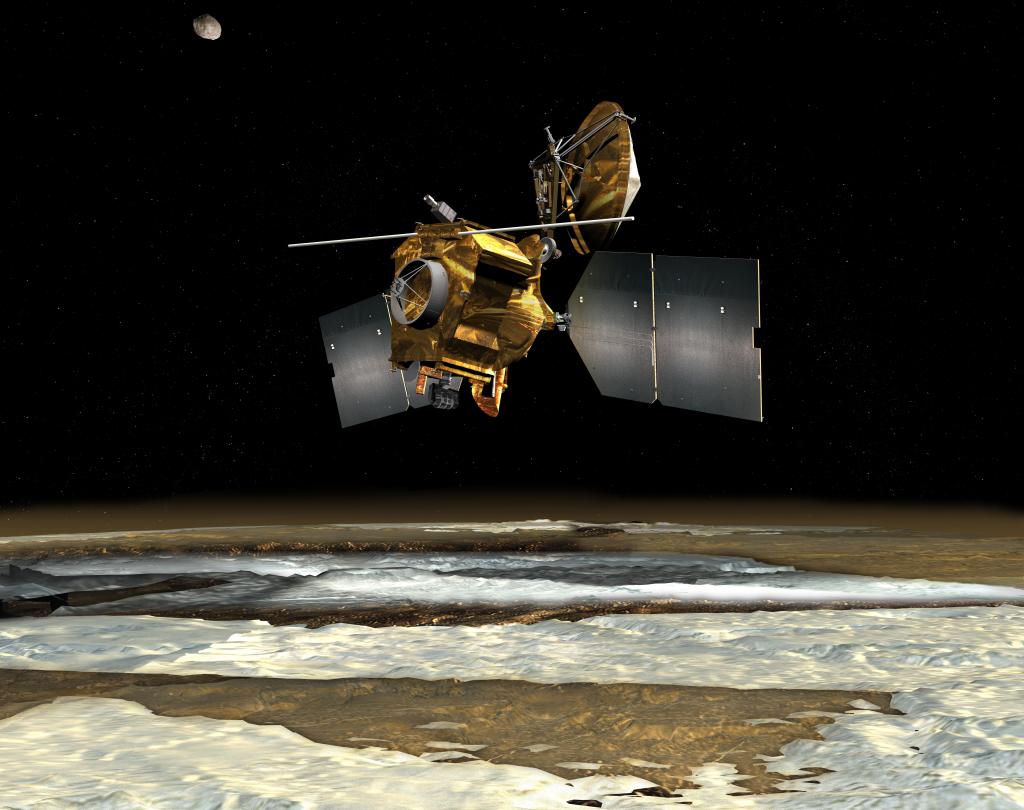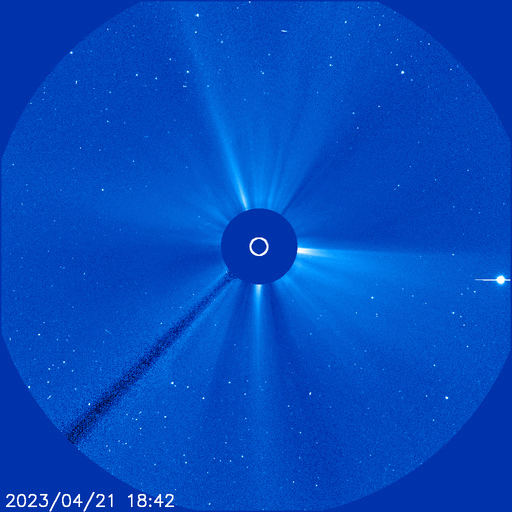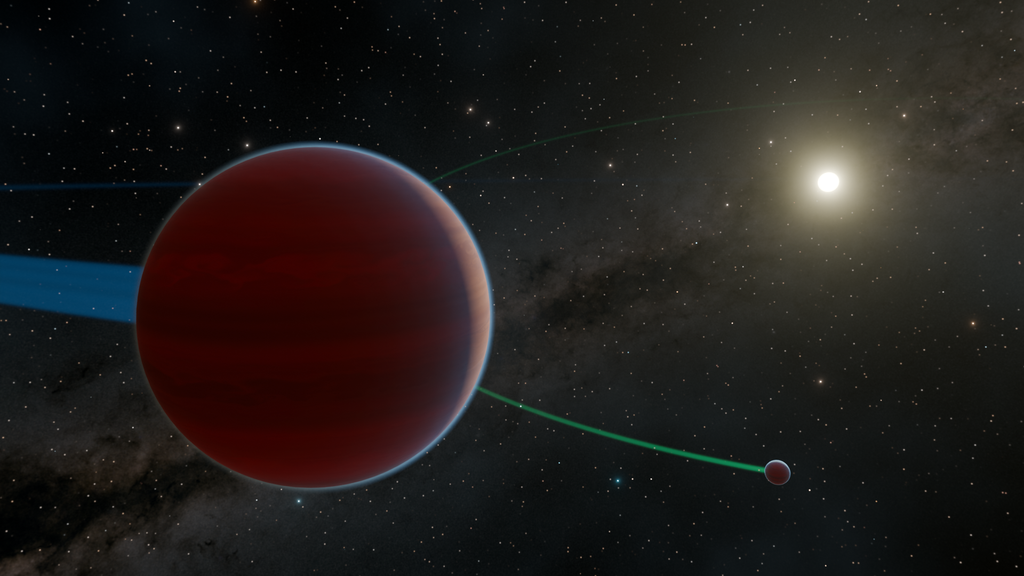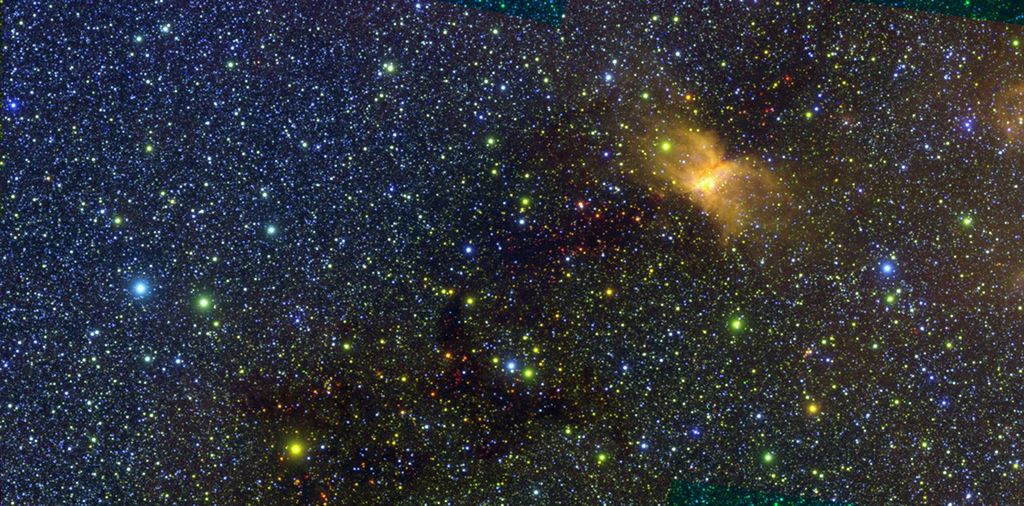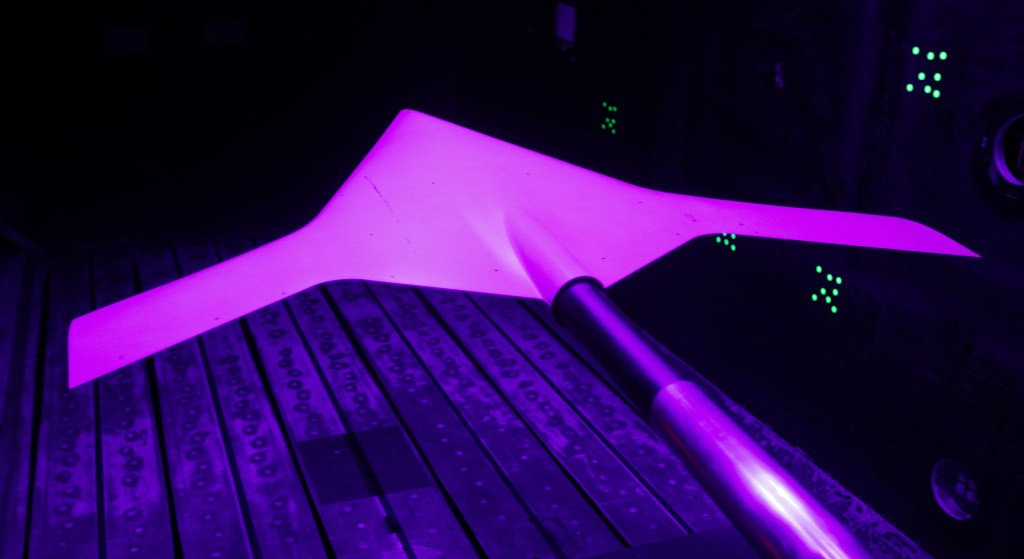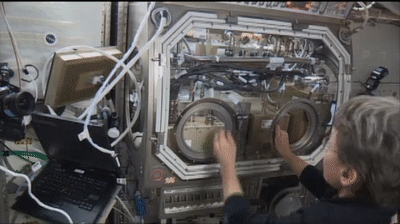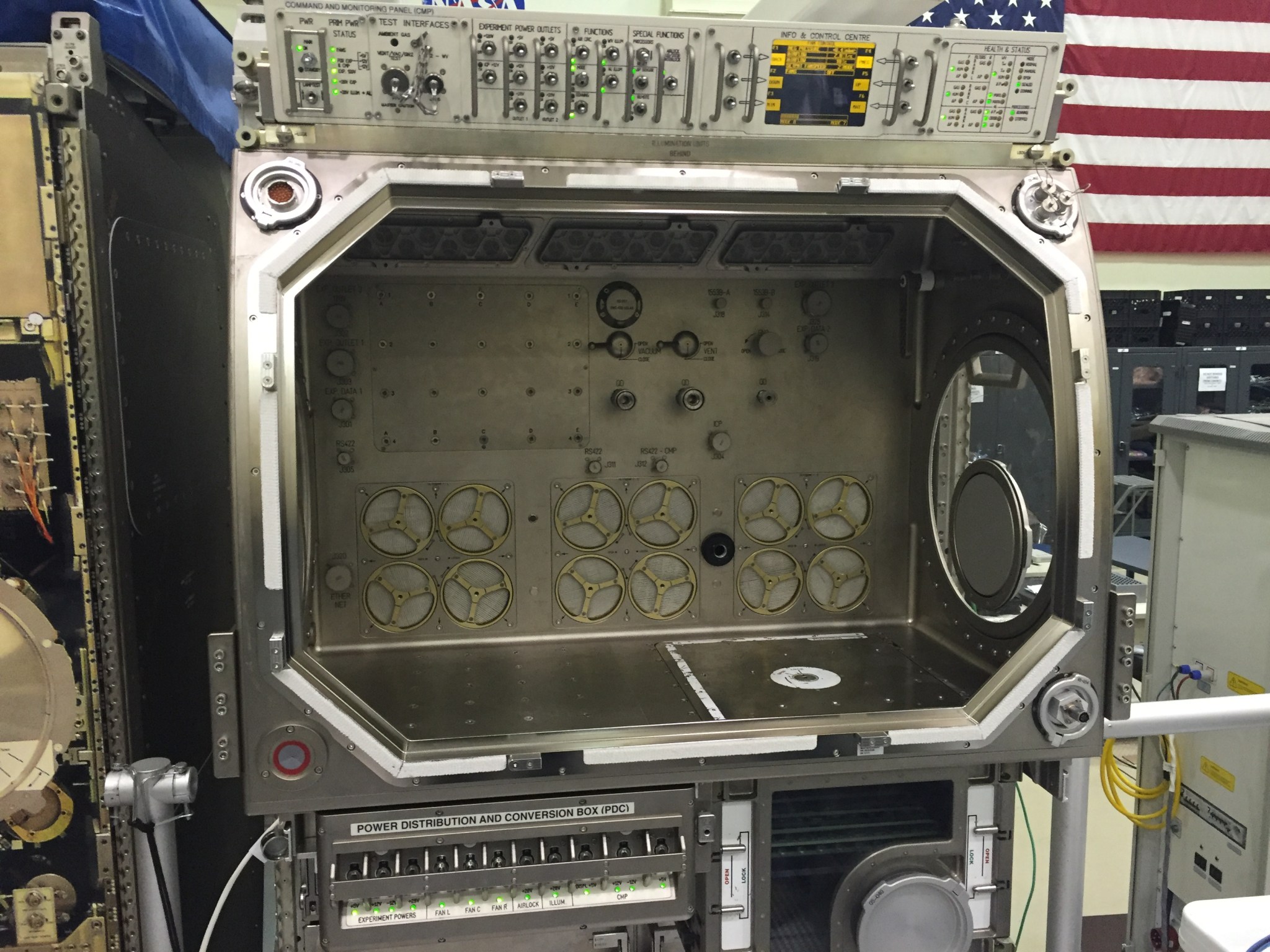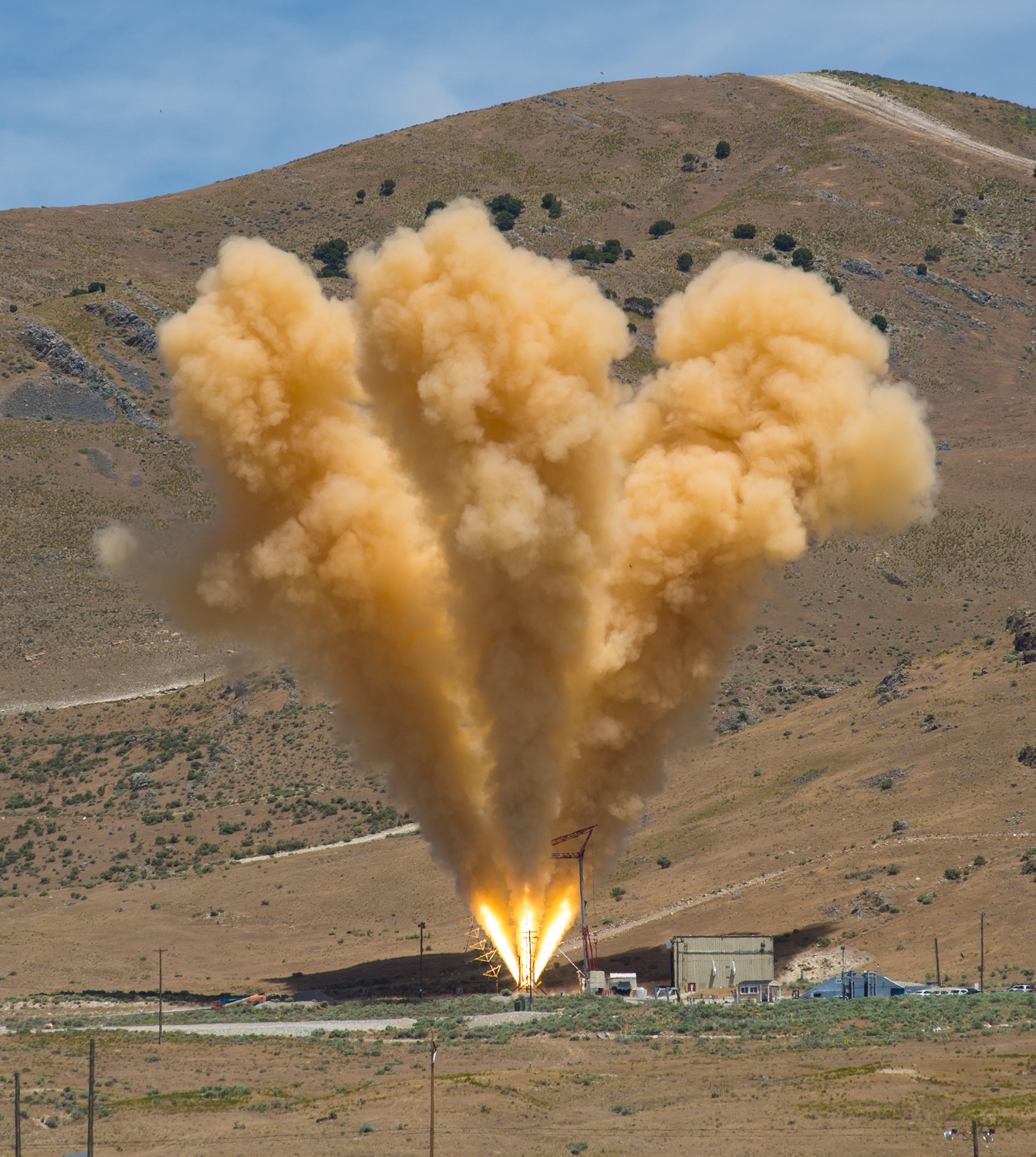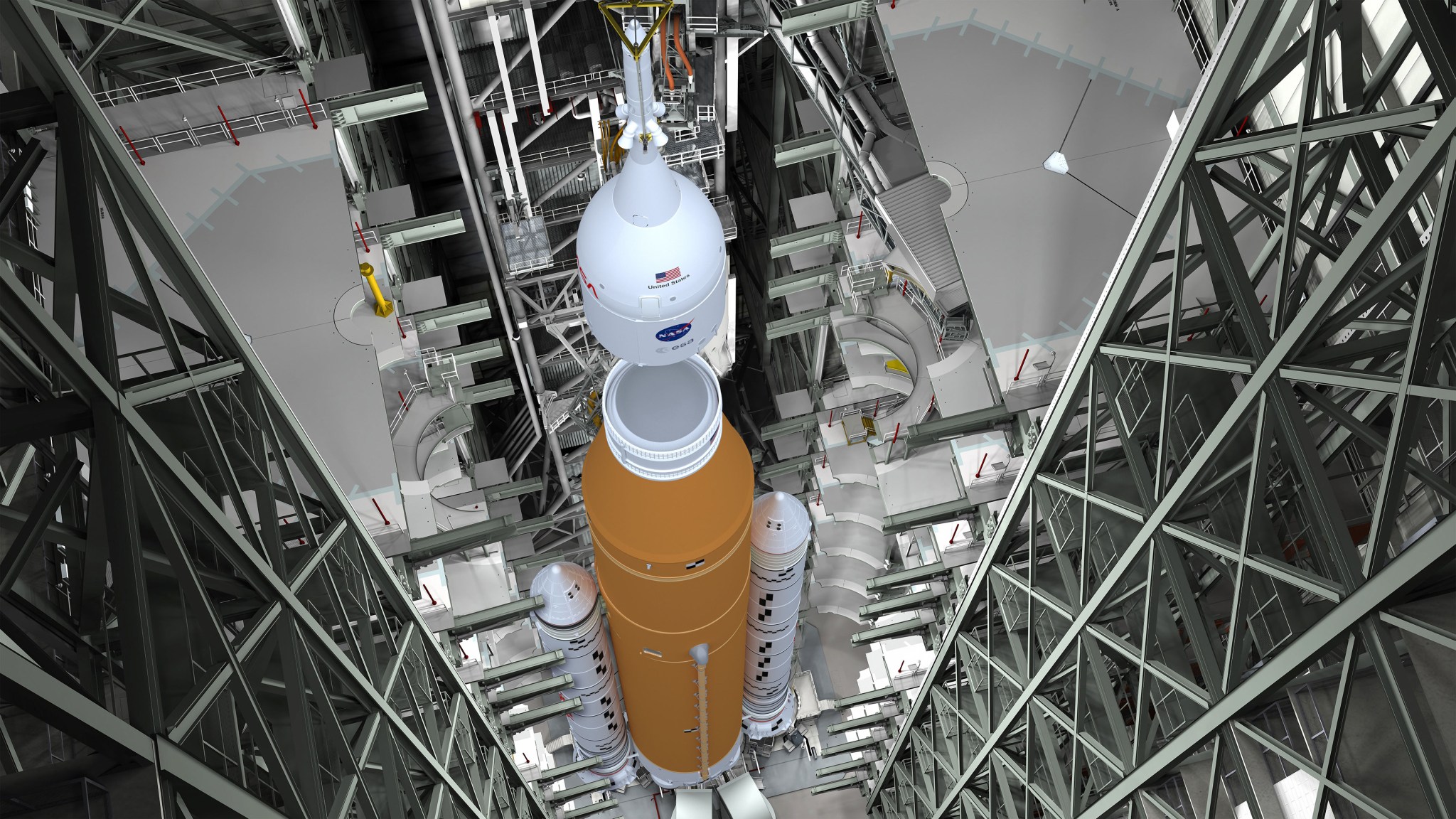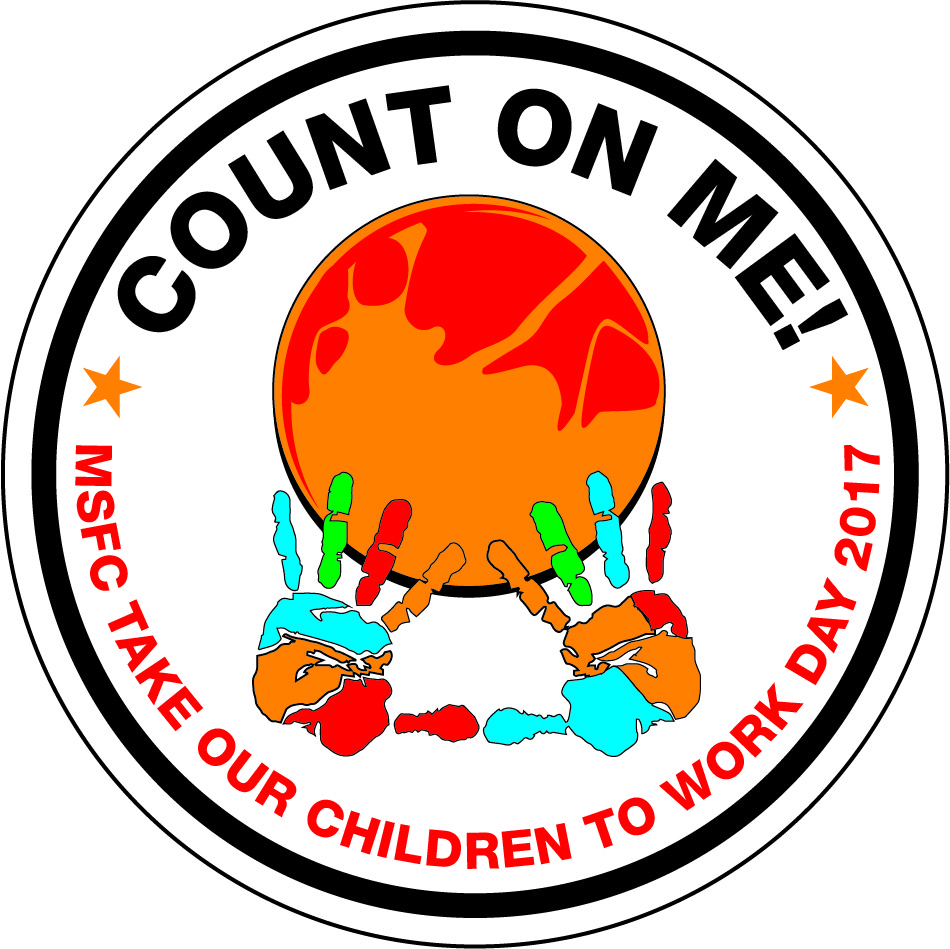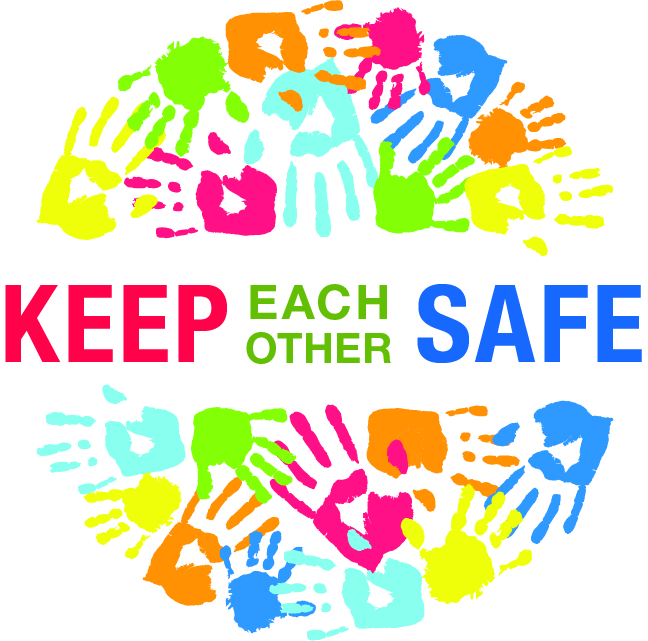In This Week’s Star
- New Window Improves the View of Science on Orbiting Laboratory
- NASA Honors Marshall Team Members with Silver Snoopy Award
- First Qualification Test for NASA Orion Launch Abort Motor Completed
- Online Schedule Now Available For ‘Take Our Children to Work Day’ June 22
- Fourth Annual ‘NASA in the Park’ Draws Record Crowd in Downtown Huntsville
- Marshall’s Focus on Safety Extends Beyond Workplace — and Beyond ‘Safety Month’
- Marshall Association Awards Scholarships to Four Students
- Marshall Celebrates LGBT Community
- This Week in NASA History: First Crewed Skylab Mission Splashes Down– June 22, 1973
- Top Stories from 2017 Highlighted on ‘This Week @NASA’
- Obituaries
New Window Improves the View of Science on Orbiting Laboratory
By Bill Hubscher
One of the busiest workstations on the International Space Station, the Microgravity Science Glovebox, got a major upgrade recently when astronauts installed a new, larger window to improve access to the workstation’s experiments. The upgrade has already saved dozens of hours on a variety of experiments on the orbiting laboratory.
The Microgravity Science Glovebox is a sealed and enclosed work area installed in the U.S. Destiny lab on the space station, and is about the size of a 70-gallon fish tank. It allows astronauts to safely perform experiments without worrying about contamination of either the sample or the rest of the station.
Previously, astronauts accessing and installing scientific payloads fed the experiments’ hardware through the glove ports — which are only about 6 inches in diameter — or through the larger 16-inch windows on the sides of the box. Then, NASA’s most experienced astronaut made an important change.
In January 2017, Peggy Whitson removed the large front window that was affixed to the glovebox and replaced it with a new frame and window that can be unlatched and removed in seconds — giving the astronauts easy access to the relatively spacious glovebox interior.
“It is an awesome enhancement,” said Lee Jordan, Microgravity Science Glovebox project manager at NASA’s Marshall Space Flight Center. “Access to the box was somewhat constrained and scientists had to learn to break up their payloads into segments that could fit through the ports. This makes for easier installation and we can accommodate larger payloads.”
The glovebox facility has logged more than 33,000 hours of activity and was put on the station so Earth scientists didn’t have to build their own containment units for each investigation. It is the staging ground for studies into biology, physics, fluid dynamics and even has housed 3-D printers. The power and data ports allow scientists on the ground to easily access their investigations.
A collaborative effort between NASA and the European Space Agency, the glovebox was originally built by Bradford Engineering in Heerle, Netherlands. Jordan and his team went back to the Dutch company to build this new hatch and the eight latches that lock it in place, maintaining a seal to contain the experiments while allowing safe access for crew members.
Two versions of the window were built. One was installed on a duplicate of the glovebox, located at Marshall, called an engineering unit. Marshall personnel put the window through extensive testing before it was approved for delivery to the space station. This twin version on Earth is used to make sure the scientists’ experiments work properly with the glovebox before payloads are delivered to orbit. It also helps scientists design the procedures for the investigations to be installed and operated in the station’s glovebox.
With the first exchange and reinstallation of an investigation, the new window has proven its worth.
“One payload in particular took more than four-and-a-half hours to remove from the glovebox with the previous design,” said Jordan. “With the new window, it barely took two hours. Saving crew time means they can spend more time on other important experiments on the station. That, in turn, increases the amount of scientific data we can get from orbit, showing a more efficient use of this unique laboratory.”
The glovebox has proven so successful that an additional glovebox, modified to study biological sciences, has been built and is being tested to ensure it is ready for flight. It currently is targeted for launch and installation in February 2018, and has the same latched window on the front.
Hubscher, an ASRC Federal/Analytical Services employee, supports Marshall’s Office of Strategic Analysis & Communications.
NASA Honors Marshall Team Members with Silver Snoopy Award
On June 15, team members at NASA’s Marshall Space Flight Center were honored with the coveted Silver Snoopy award. The NASA astronaut corps presents the Silver Snoopy to outstanding civil-service and contractor employees who have significantly contributed to the human spaceflight program.
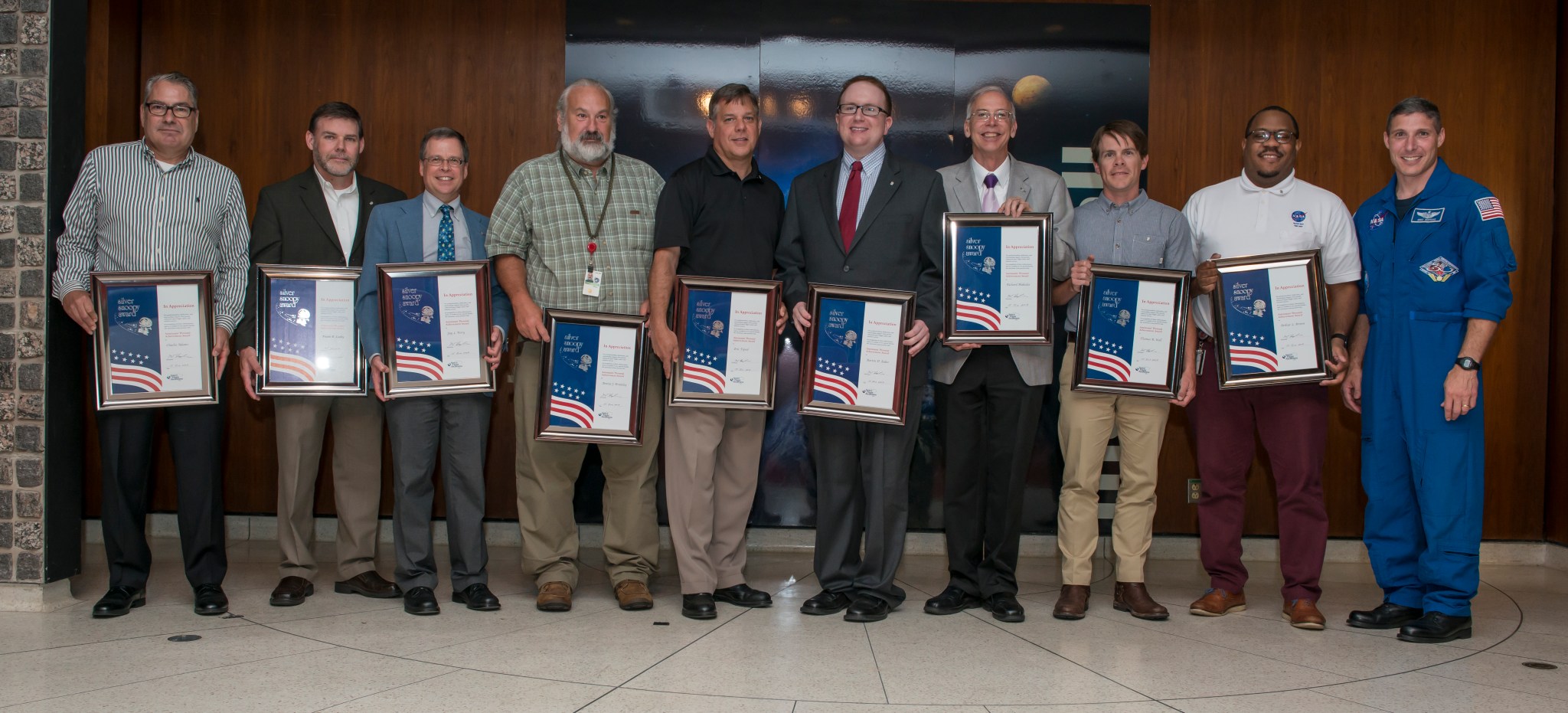
An astronaut always presents the Silver Snoopy because it is the astronauts’ own award for outstanding performance, contributing to flight safety and mission success. Fewer than 1 percent of the aerospace program workforce receive it annually, making it a special honor to receive the award.
Marshall Associate Director Jonathan Pettus and NASA astronaut Mike Hopkins presented the awards to nine Marshall team members during a ceremony in Morris Auditorium.
Honorees included Jay Perry, Bennie Brantley, Barton Daniel Baker, Frank Leahy, Arthur Brown, Thomas Wall and Eric Tepool of the Engineering Directorate and Richard Blakeslee and Charles Adams of the Science and Technology Office.
First Qualification Test for NASA Orion Launch Abort Motor Completed
NASA, along with Orbital ATK of Promontory, Utah, and Lockheed Martin of Bethesda, Maryland, successfully performed a ground test firing of the launch abort motor for NASA’s Orion spacecraft’s launch abort system. The June 15 test was a critical milestone toward qualification of the motor that will safely pull the Orion crew module away from NASA’s Space Launch System launch vehicle in the event of an emergency on the launch pad or during ascent.
The 17-foot-long, 3-foot-diameter abort motor burned out in five seconds, about three to four times faster than a typical motor of its size. This high-impulse motor was designed so most of the propellant burns within the first three seconds. This design immediately delivers the thrust needed to pull the crew module safely away from danger. As expected, the motor reached 400,000 pounds of thrust in one-eighth of a second — enough thrust to lift 66 large SUVs off the ground. If needed during a launch mishap, the crew module would accelerate from zero to 400-500 mph in two seconds.
This abort motor test, named Qualification Motor-1, was the culmination of a series of component tests conducted over the past few years in preparation for flight qualification. The test confirmed the motor will activate within milliseconds and perform as designed under high temperatures. More analysis will be performed in the coming weeks, but all initial test results appear to be as expected.
This milestone brings Orion one step closer to its first integrated flight SLS, and eventually enabling humans to explore beyond the deep-space destinations beyond low-Earth orbit. Previous large-scale tests of the launch abort motor include a development motor test in 2008 and Pad Abort 1 flight test of the complete launch abort system in 2010.
The next major abort motor milestones include the Qualification Motor-2 launch abort motor ground test firing scheduled for late next year in Utah, and the Ascent Abort-2 Flight Test scheduled to take place at Cape Canaveral Air Force Station in 2019.
Online Schedule Now Available For ‘Take Our Children to Work Day’ June 22
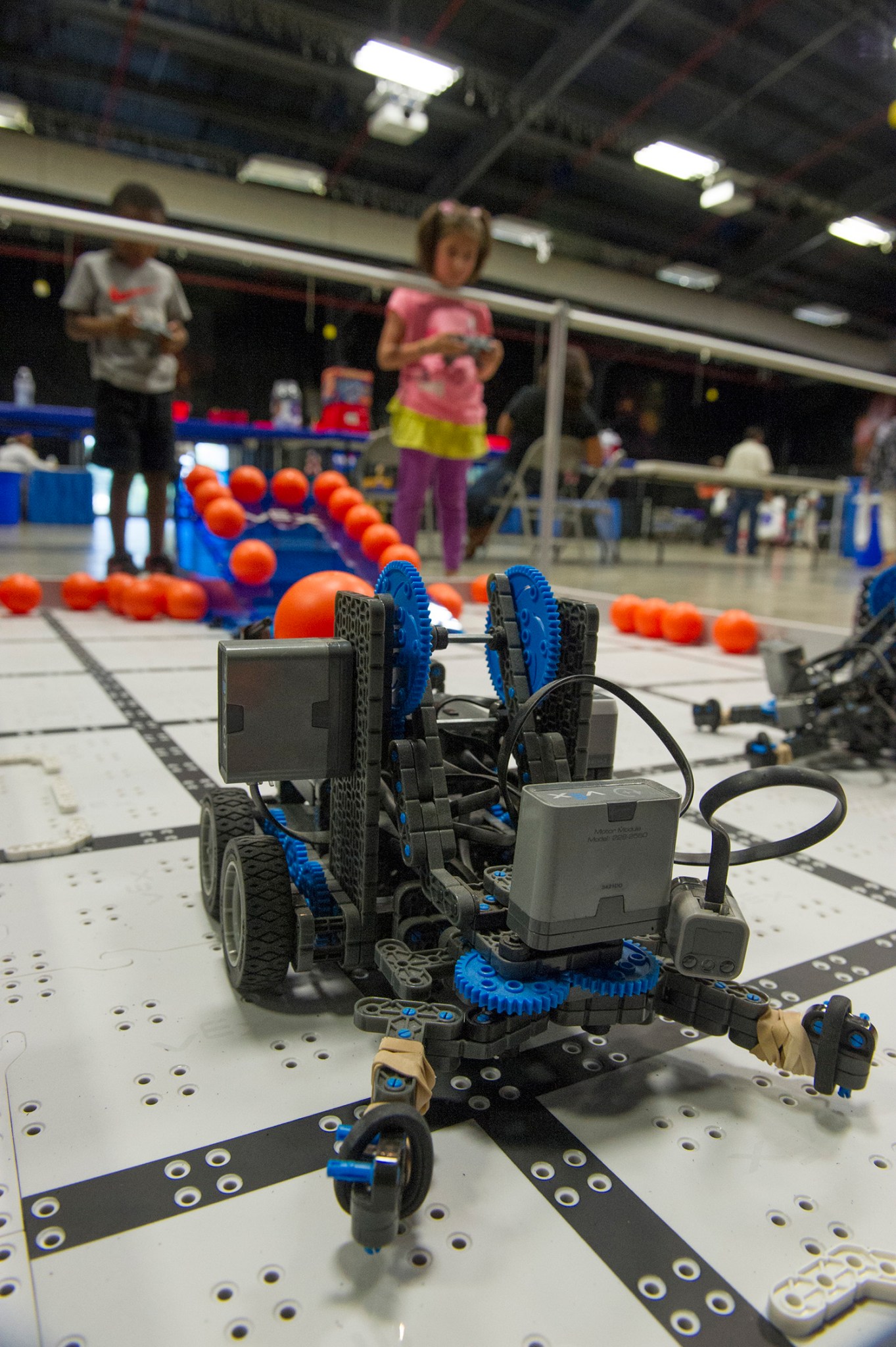
NASA’s Marshall Space Flight Center will host “Take Our Children to Work Day” June 22. A comprehensive roster of activities, tours and events has been posted to the event’s ExplorNet page.
All children in grades 3-12 are welcome to participate. Marshall team members who have not yet registered family members may do so here. The yearly event is organized by Marshall’s Office of Diversity and Equal Opportunity.
The day’s activities will begin at 8:15 a.m. in Activities Building 4316, when David Burns, manager of Marshall’s Science and Technology Office, will welcome participating children and their family members. A variety of hands-on activities will be available at facilities around Marshall, including:
- Tours of Marshall’s Payload Operations Integration Center, where NASA manages International Space Station science.
- Tours of the Flight Dynamics Laboratory’s unique flat-floor facility.
- Demonstrations by the Boeing Co. of Chicago, of the Remote Advanced Payload Test Rig, or RAPTR, which supports space station payload development.
- Presentations on “Terraforming Mars” sponsored by the U.S. Space & Rocket Center in Huntsville, featuring oxidation experiments to show the chemical differences between the Red Planet and our green planet.
- Demonstrations on electrical engineering, featuring an opportunity to construct a working “room alarm.”
Preregistration is required for each of these events, and additional details and times are available on the schedule of activities on ExplorNet. To register, email Phyllis Olinger.
Throughout the day, kids also can make NASA-themed crafts and obtain keepsake photos; chat with Oscar the Robot; watch science demonstrations; tackle a simulated obstacle course on Mars; and learn to operate robotic technologies with help from Huntsville High School’s competitive robotics team, the Apex Predators. Redstone Game Warden Kelly Smith will share snake and spider safety information, and Redstone Federal Credit Union will offer fiscal responsibility tips.
The 2016 animated motion picture “Sing” will conclude the day’s activities in Activities Building 4316 from 1-3 p.m. Popcorn and beverages will be provided by the 2017 “Take Our Children to Work Day” committee members.
“Take Our Children to Work Day” challenges young people to study technical subjects in the classroom and pursue careers in the STEM fields of science, technology, engineering and mathematics. It also provides Marshall a critical opportunity to jointly participate with other area employers, schools and private groups, at the community level, to improve future employment options for today’s youth.
The event is sponsored by the Office of Diversity and Equal Opportunity, which strives to promote diversity, equality and inclusion for all individuals, while providing a workplace free from discrimination, including harassment and retaliation. For more information, email Abbie Johnson.
Fourth Annual ‘NASA in the Park’ Draws Record Crowd in Downtown Huntsville
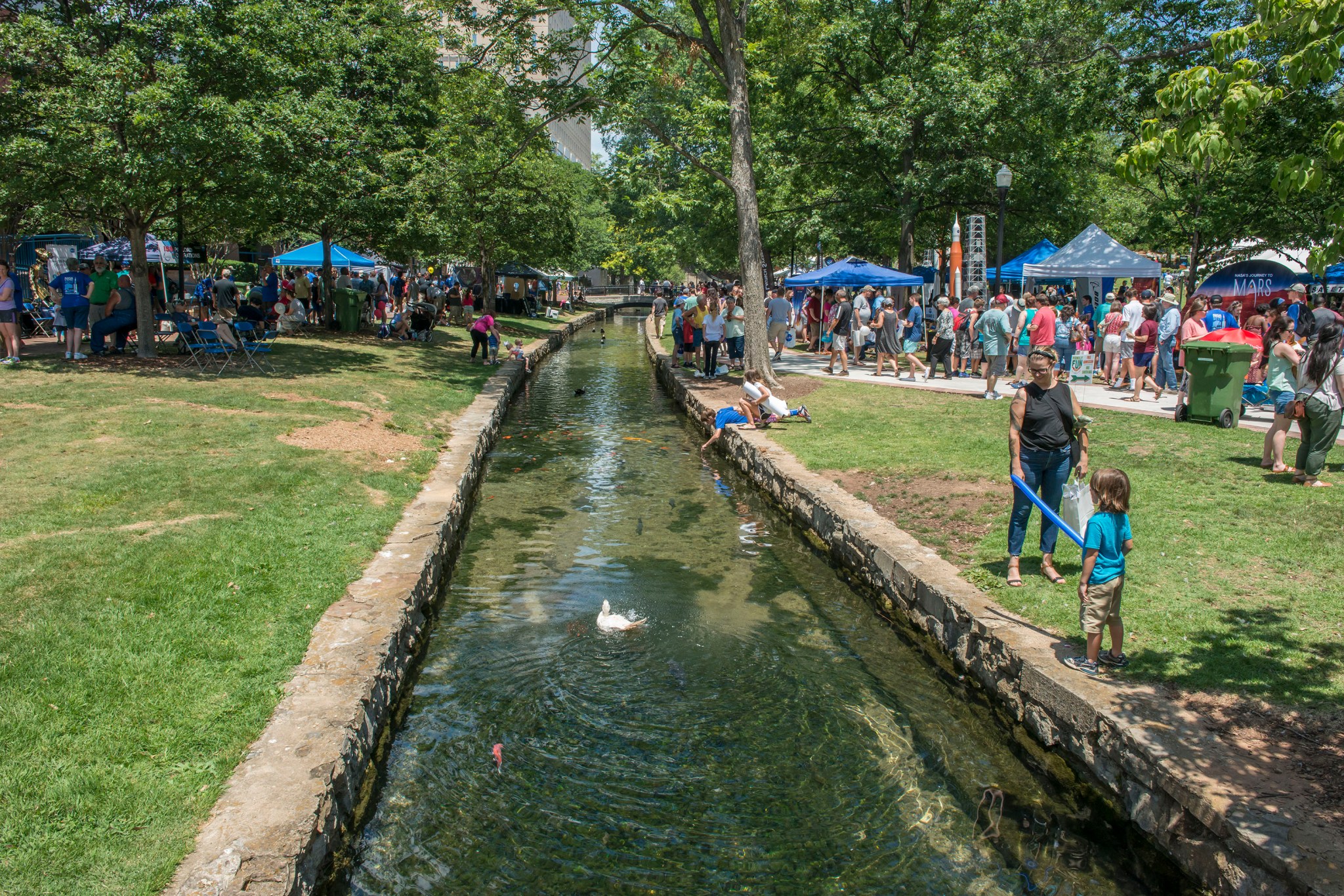
More than 8,000 people attended NASA Marshall Space Center and Downtown Huntsville, Inc.’s “NASA in the Park” in Big Spring Park in downtown Huntsville June 17. The event, the fourth annual celebration of NASA and the community, featured fun for all ages, live music performed by Marshall team members and a special appearance by former NASA astronaut Robert “Hoot” Gibson. (NASA/MSFC/Fred Deaton)
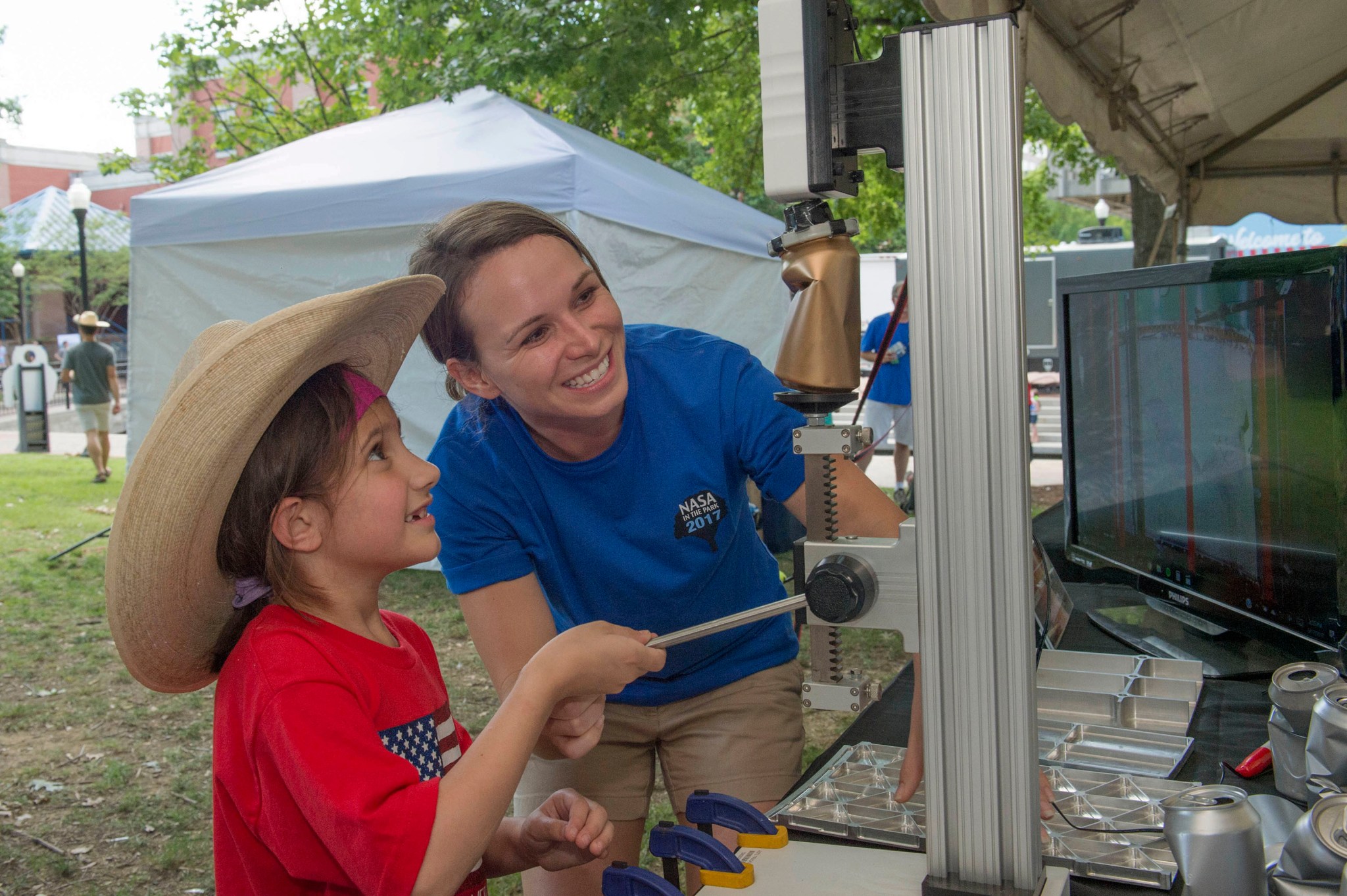
Michelle Tillotson Rudd, project manager for the Shell Buckling Knockdown Project in Marshall’s Engineering Directorate, uses soda cans to demonstrate structural loads testing of rocket hardware performed at Marshall. The hands-on presentation was one of more than 60 exhibits where Marshall team members shared their work with the community. (NASA/MSFC/Emmett Given)
Marshall’s Focus on Safety Extends Beyond Workplace — and Beyond ‘Safety Month’
By Rick Smith
Throughout June, National Safety Month, the National Safety Council‘s theme has been “Keep Each Other Safe,” reinforcing our shared responsibility for preventing needless injury and death at work, on the road and in our homes and communities. NASA’s Marshall Space Flight Center strives to be an agency leader in these efforts, not just this month but all year long.
“I want you to do your best — as I know you already do — to keep one another safe,” NASA Acting Administrator Robert Lightfoot wrote in an email to the NASA team June 2. “We’re all human … but working together we can decrease the likelihood of injuries.”
Throughout the month, NASA’s Office of Safety and Mission Assurance and the NASA Safety Center have shared critical safety topics affecting NASA employees at work and at home. Weekly ExplorNet posts from Marshall’s Safety and Mission Assurance Directorate encourage team members to ponder specific causes of preventable injuries, and steps people can take to avoid them, including fall hazards, the need for healthy sleep and the dangers of distracted driving.
Tackling the summer threat
Statistics suggest this is the ideal time of year for such reminders, as workplace injuries climb during summer months.
Research conducted in 2013 by the Bureau of Labor Statistics, assessing workplace injuries from 2003-2010, showed that nonfatal injuries involving lost work hours climbed significantly during summer months. Whereas the report tracked an average of 2,371 injuries per day in December, the low point each year, it also saw a spike each June, July and August, with a record 3,375 injuries per day each August, on average.
Why the jump? More strenuous activities and increased exposure to the elements top the list, causing more incidents of heat exhaustion and stroke, plus a greater number of slips, trips and falls. Additionally, many workers take extended vacations during summer months, leaving fewer people at work to handle the same volume of tasks — inevitably causing a greater percentage of injuries among the temporarily reduced workforce.
Greater vigilance, to protect those around us as well as ourselves, is essential to reduce that summer spike. As Lightfoot noted, “Our duty to safety does not end when we clock out for the day.”
‘Safety Week’ set for September
Nor does it end July 1. Augmenting Marshall’s June campaign is a planned overhaul of the center’s traditional Safety, Health and Environmental Day program. The updated approach will be anchored by a new “Safety Week” set for Sept. 25-29.
Marshall safety engineer Sonya Dillard, lead planner for the campaign, said its focus this year will be to reinforce awareness of Marshall’s safety culture and remind team members to maintain an “incident-and-injury-free” workplace. Team members will be able to take advantage of several options to participate in the week’s activities, in order to reduce the impact on Marshall’s productivity.
A major highlight of the week’s activities will be a “Mission Success is in Our Hands” Shared Experiences Forum Sept. 28 with former NASA astronaut Fred Haise, lunar module pilot for Apollo 13. In April 1970, Haise and fellow astronauts James Lovell and John Swigert were forced to abort a planned moon landing when an oxygen system failure threatened their mission and lives. Aided by quick-thinking NASA teams back home, the trio converted their lunar module into a makeshift lifeboat and safely returned to Earth. Their experience became the basis for the Oscar-winning 1995 film “Apollo 13.”
The “Mission Success” forum series, sponsored by Marshall’s Safety and Mission Assurance Directorate and Jacobs Engineering, is a safety initiative to promote and strengthen Marshall’s focus on mission, hardware and crew safety centerwide. The bimonthly discussion series welcomes former NASA leaders and industry professionals, who share personal insights and lessons learned to inspire Marshall team members.
Visit ExplorNet for additional National Safety Month topics as June concludes, and watch the Marshall Star for updates on September’s Safety Week activities.
Smith, an ASRC Federal/Analytical Services employee, supports the Office of Strategic Analysis & Communications.
Marshall Association Awards Scholarships to Four Students
By Jonathan Deal
The Marshall Association, a professional employee service organization at NASA’s Marshall Space Flight Center, recently awarded $8,000 in scholarships to four promising high school and college students.
Selected from a pool of candidates based on their academic records, extracurricular activities, letters of recommendation and a written essay, Natalie Hone, Joelle Kim, Mikaela Lalor and Joseph Westra each received $2,000 scholarships.
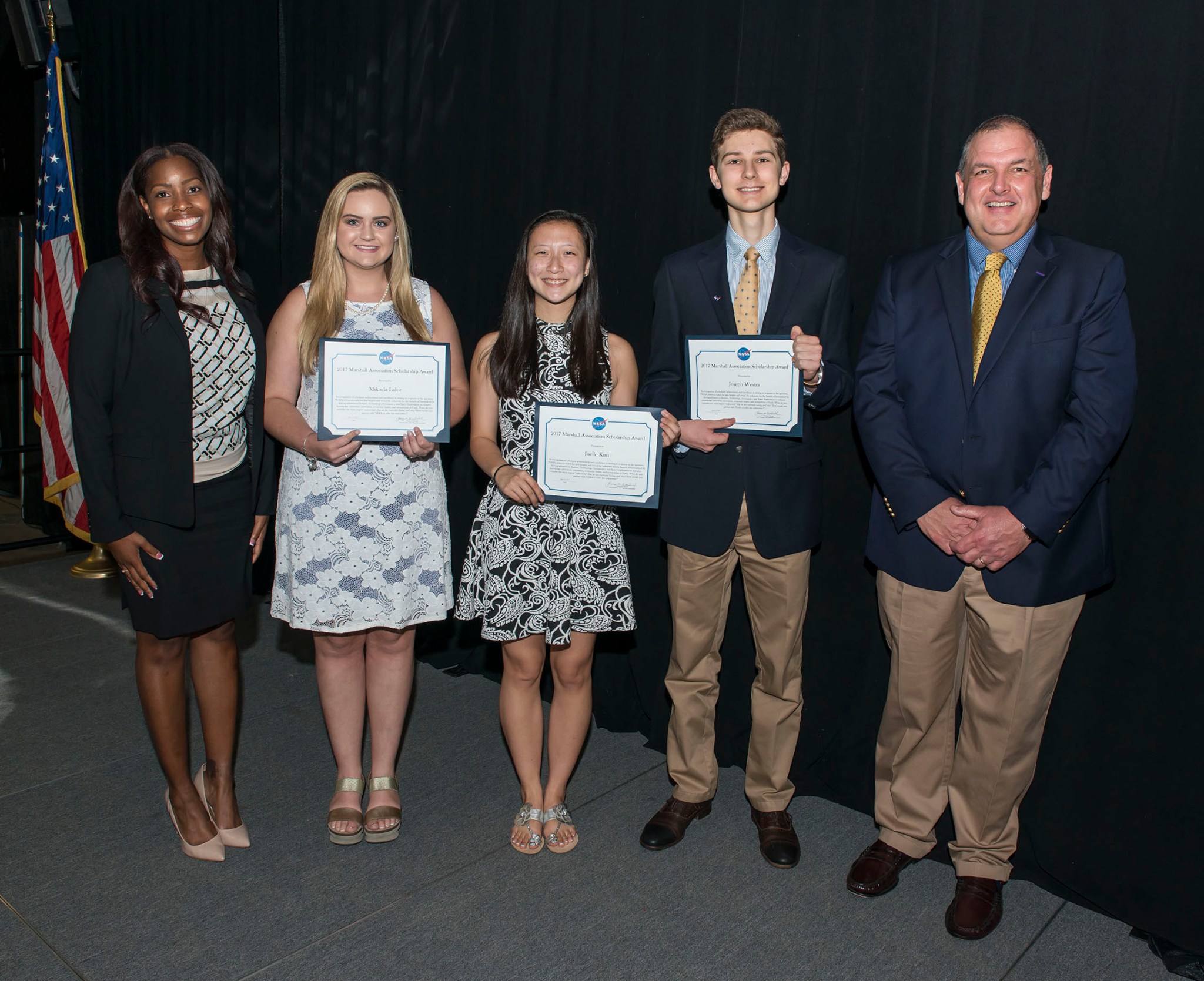
“Though the essay question changes annually, one thing remains the same,” said Tracey Randall, Marshall Association vice president. “We continue to see excellent student applicants.”
Hone is currently studying mathematics at the University of Alabama in Huntsville. She is the daughter of Tammy Hone of the Human Exploration Development and Operations Office.
Kim will attend Baylor University in Waco, Texas, where she plans to study medicine. She is the daughter of Hong Kim of the Science and Technology Office.
Lalor will attend Jackson State University in Jackson, Mississippi, where she plans to study nursing. She is the daughter of Antonio Martin Lalor of the Office of the Chief Financial Officer.
Westra will attend the University of Maryland in College Park where he plans to study either engineering or physics. He is the son of Douglas Westra of the Propulsion Systems Department.
Each year, the association awards deserving students of Marshall Association members with scholarships for their academic pursuits in higher education. Marshall Association scholarship awards are funded from membership dues and donations.
The scholarships were awarded June 14 at a Marshall Association luncheon featuring keynote speaker Wayne Olson, president and owner of Wayne Olson Consulting LLC of Huntsville. Olson spoke about his newest book, The Disney Difference, which shows how to apply Disney-like principles to improve organizations.
“Tomorrow’s show will have to compete with all the excitement and fascination that science education will add to life,” Olson said, quoting Walt Disney. “It seems that every achievement in outer space opens a new way to distant goals. No longer is the sky the limit.”
The Marshall Association was established to build the exchange of innovative and stimulating ideas within the Marshall community. The self-governing organization sponsors several activities throughout the year and sponsors a speaker program addressing topics of interest to Marshall team members.
Deal, an ASRC Federal/Analytical Services employee and the Marshall Star editor, supports the Office of Strategic Analysis & Communications.
Marshall Celebrates LGBT Community

James Robinson speaks at a June 15 event honoring contributions from the Lesbian, Gay, Bisexual and Transgendered community at NASA’s Marshall Space Flight Center. Robinson, founder and CEO of Free2Be, Inc. of Huntsville, headlined the program, themed “Forward Together: Diverse People, Diverse Thoughts, Diverse Solutions.” The event was sponsored by the Office of Diversity and Equal Opportunity, which strives to promote diversity, equality and inclusion for all individuals, while providing a workplace that is free from discrimination, including harassment and retaliation. (NASA/MSFC/Emmett Given)
This Week in NASA History: First Crewed Skylab Mission Splashes Down– June 22, 1973
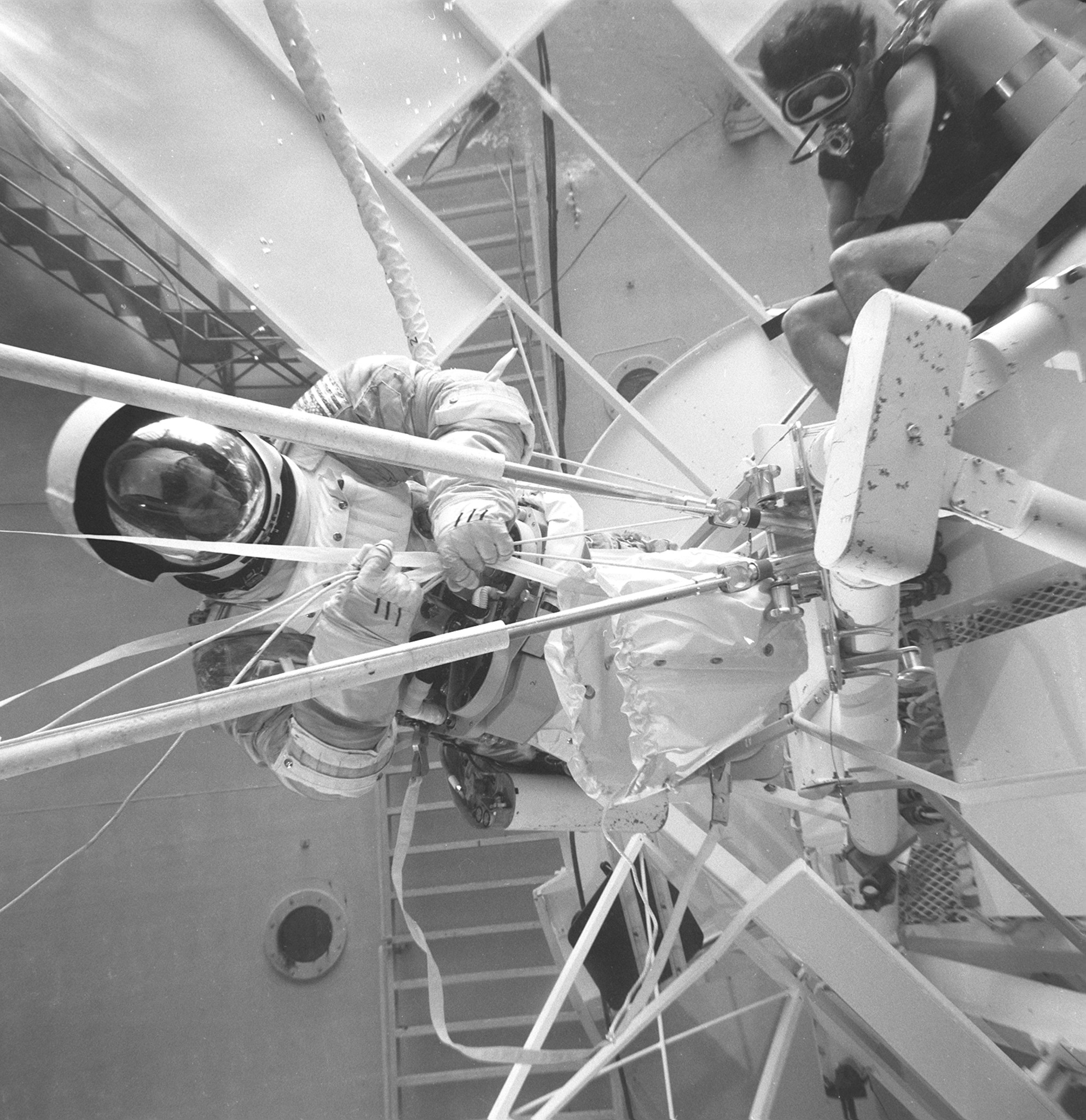
This week in 1973, the first Skylab crew returned to Earth following a successful 28-day mission. During its launch in May 1973, Skylab — America’s first space station — suffered damage to its sunshield, causing the orbiting workshop to overheat. NASA Marshall Space Flight Center engineers and scientists worked to develop an emergency repair procedure that launched just 11 days after the incident. Here, a crew member practices the repair in Marshall’s Neutral Buoyancy Simulator. Over the course of Skylab’s human occupation from May 25, 1973, to February 8, 1974, three crews visited the space station, carried out 270 scientific and technical investigations and logged a combined 171 days on orbit. Today, the Payload Operations Integration Center at Marshall serves as “science central” for the International Space Station, working 24/7, 365 days a year in support of the orbiting laboratory’s scientific experiments. The NASA History Program is responsible for generating, disseminating, and preserving NASA’s remarkable history and providing a comprehensive understanding of the institutional, cultural, social, political, economic, technological, and scientific aspects of NASA’s activities in aeronautics and space. For more pictures like this one and to connect to NASA’s history, visit the Marshall History Program’s webpage. (NASA)
Top Stories from 2017 Highlighted on ‘This Week @NASA’
Top stories from the first half of 2017 are featured in the latest edition of “This Week @NASA,” a weekly video program broadcast nationwide on NASA-TV and posted online. Key milestones and discoveries highlighted include the TRAPPIST-1 planetary system discovery featuring seven Earth-sized planets; the return to business of NASA Kennedy Space Center’s Pad 39A; and the 200th spacewalk in support of International Space Station assembly and maintenance.
Important missions are also featured in this week’s episode including the first science results from the Juno spacecraft; the start of the Saturn-exploring Cassini spacecraft’s Grand Finale; and the announcement of two new missions destined for previously unexplored asteroids. The new missions — Lucy and Psyche — are part of the Discovery Program managed by NASA’s Marshall Space Flight Center.
The Lucy mission in 2021 will study so-called Trojan asteroids trapped by Jupiter’s gravity, and the Psyche mission in 2023 will investigate a very large metal object in the solar system’s asteroid belt. Both missions can teach us more about the earliest eras of our solar system.
View this and previous episodes at “This Week @NASA” on NASA’s YouTube page.
Obituaries
Otis C. Anderson, 81, of Huntsville, died June 9. He retired from the Marshall Center in 1990 as a computer systems analyst. He is survived by his wife, Gloria Anderson.
Clyde H. Shelton, 86, of Fayetteville, Tennessee, died June 10. He retired from the Marshall Center in 1994 as an administrative officer. He is survived by his wife, Sara West Shelton.
Warren G. Hunter, 90, of Huntsville, died June 12. He retired from the Marshall Center in 1981 as an aerospace engineer.
William A. Huff, 92, of Huntsville, died June 15. He retired from the Marshall Center in 1979 as an aerospace engineer. He is survived by his wife, Jackie Huff.

